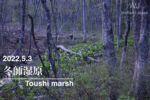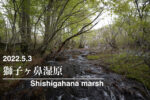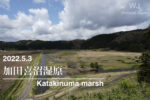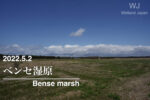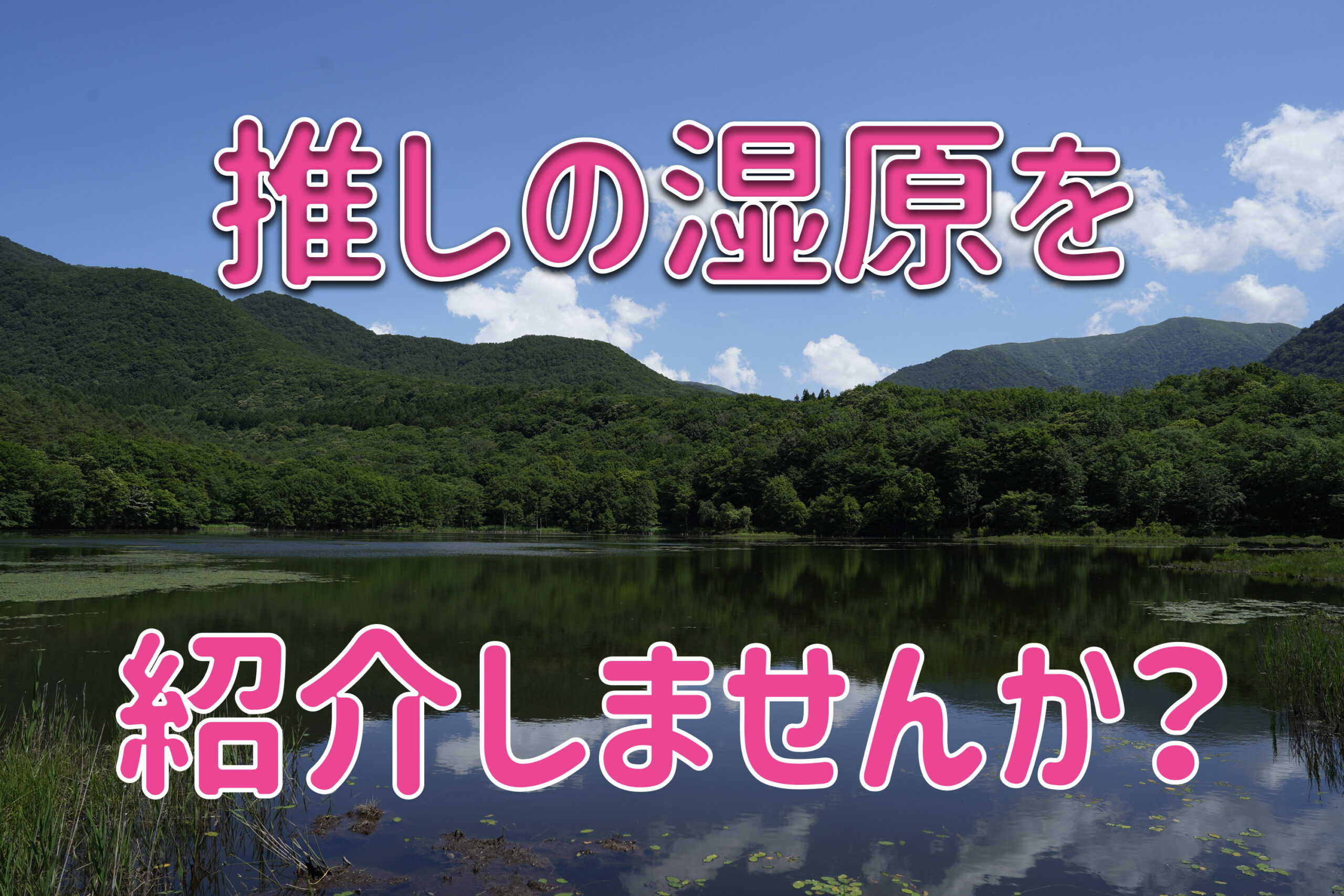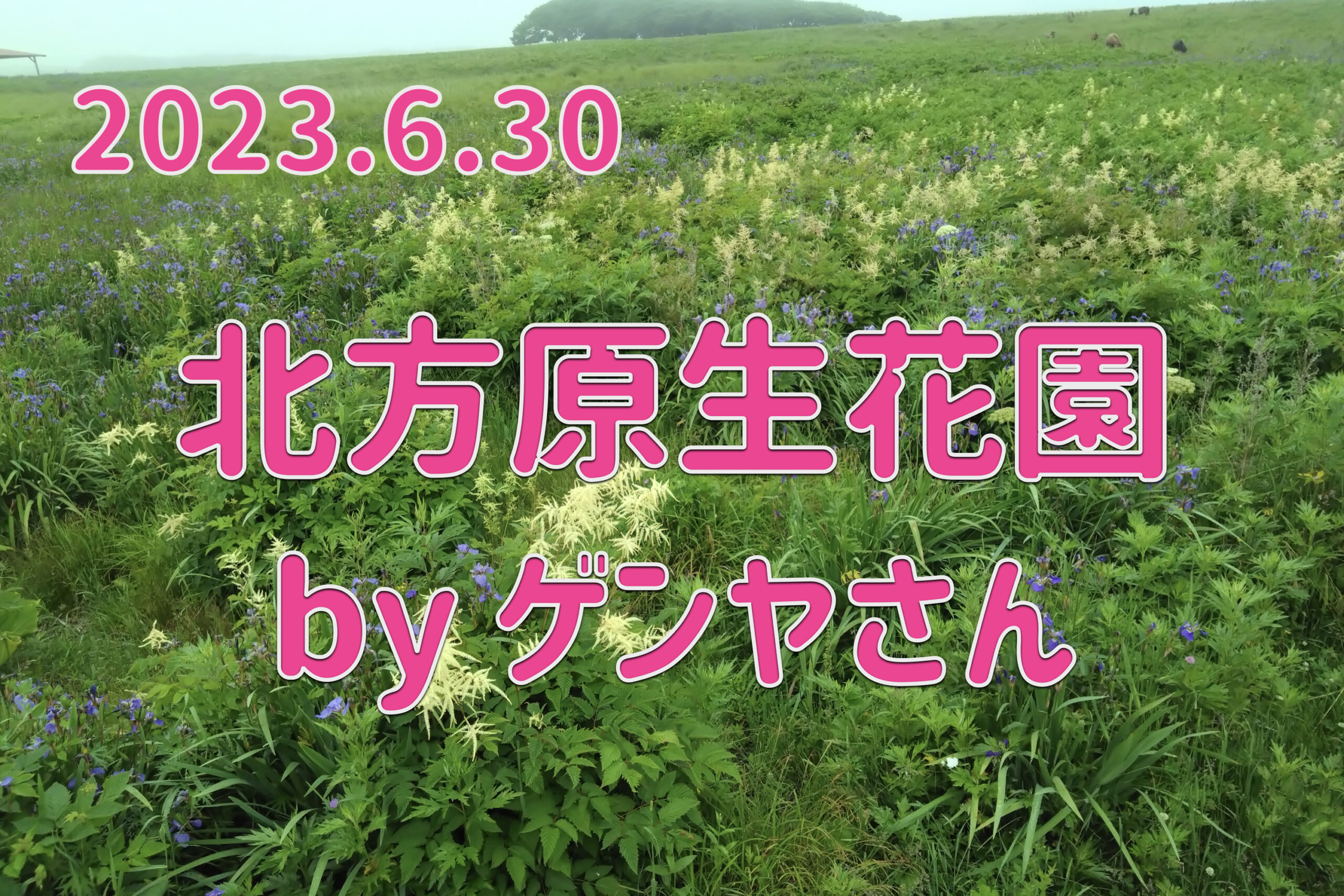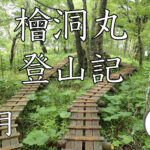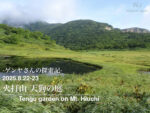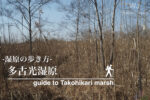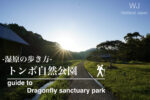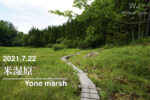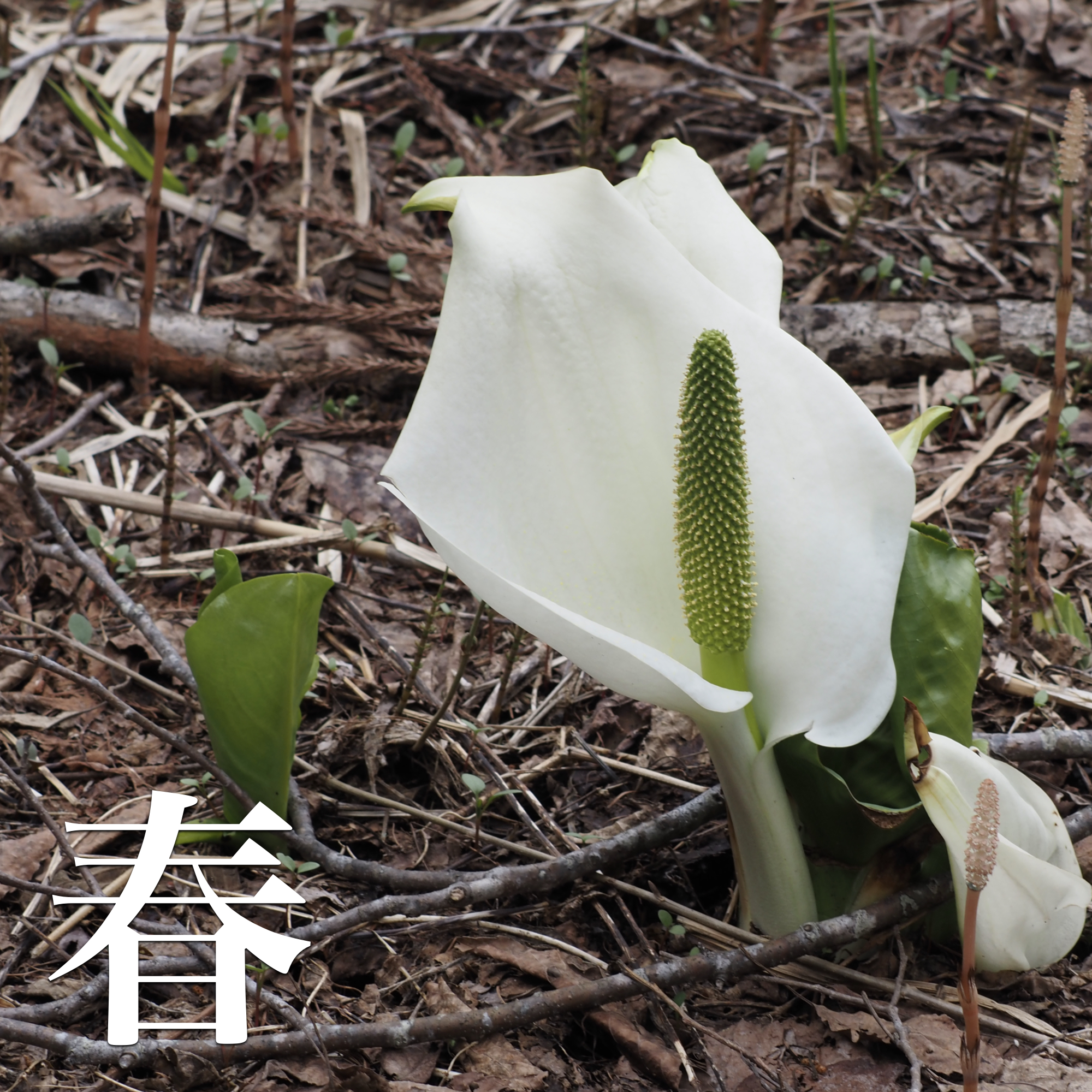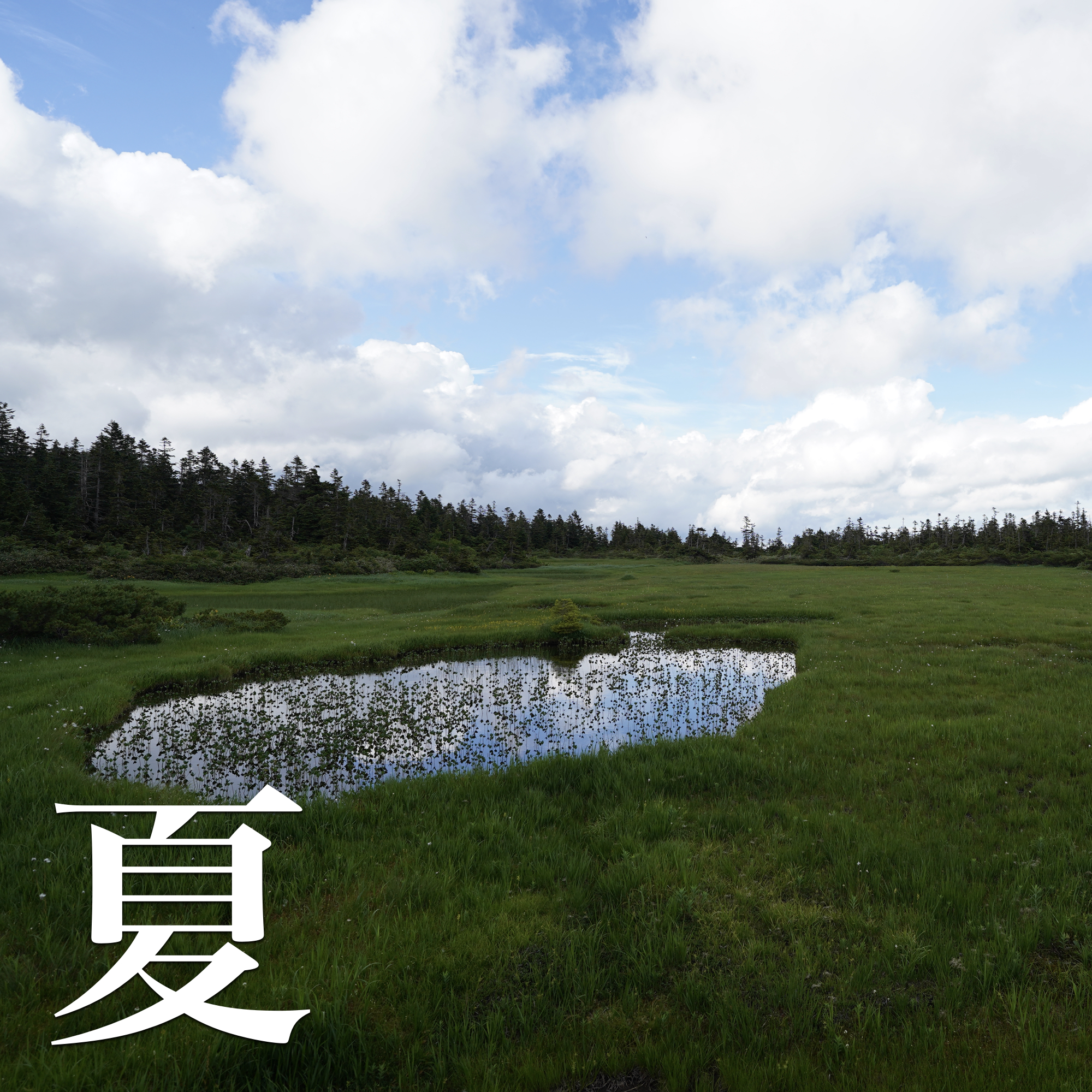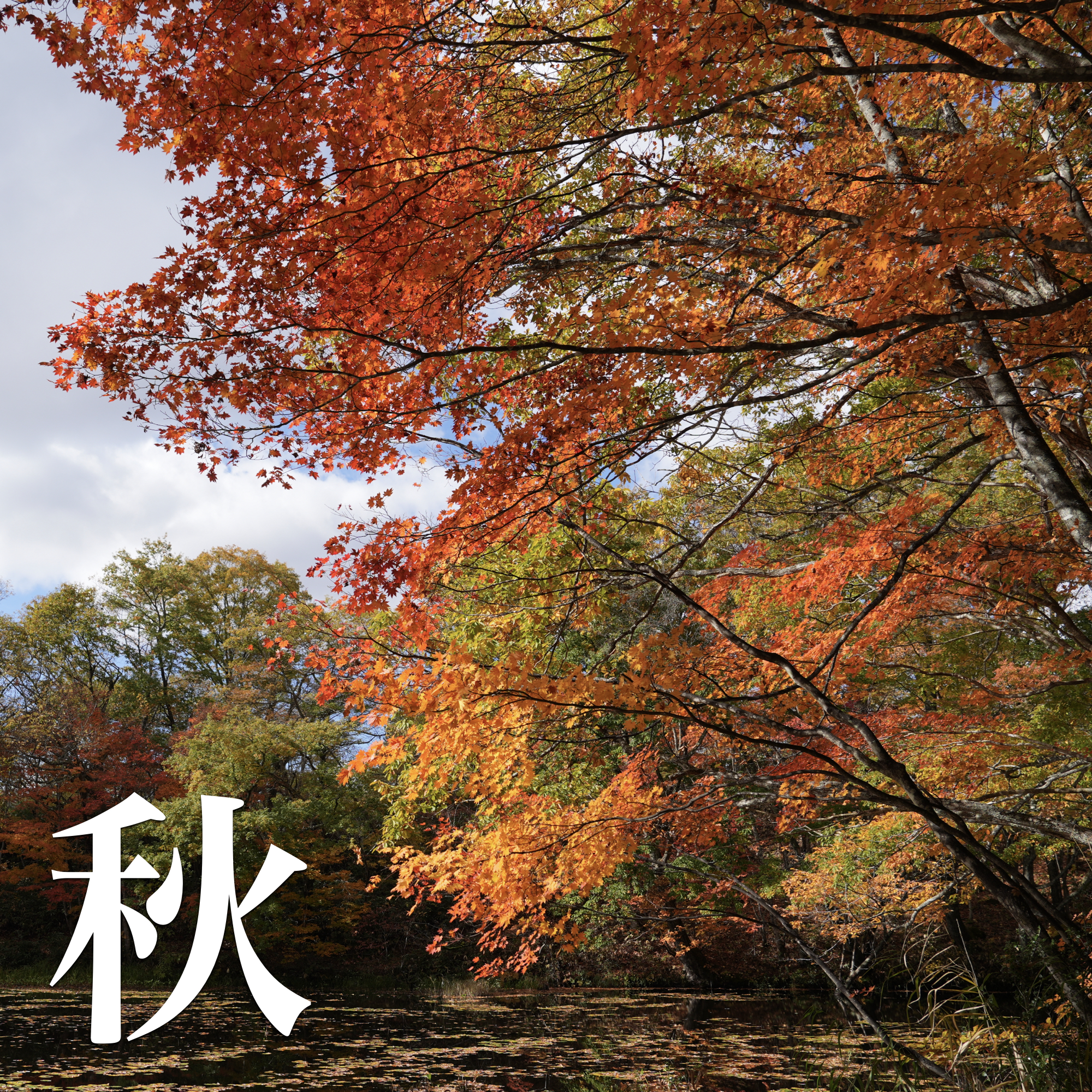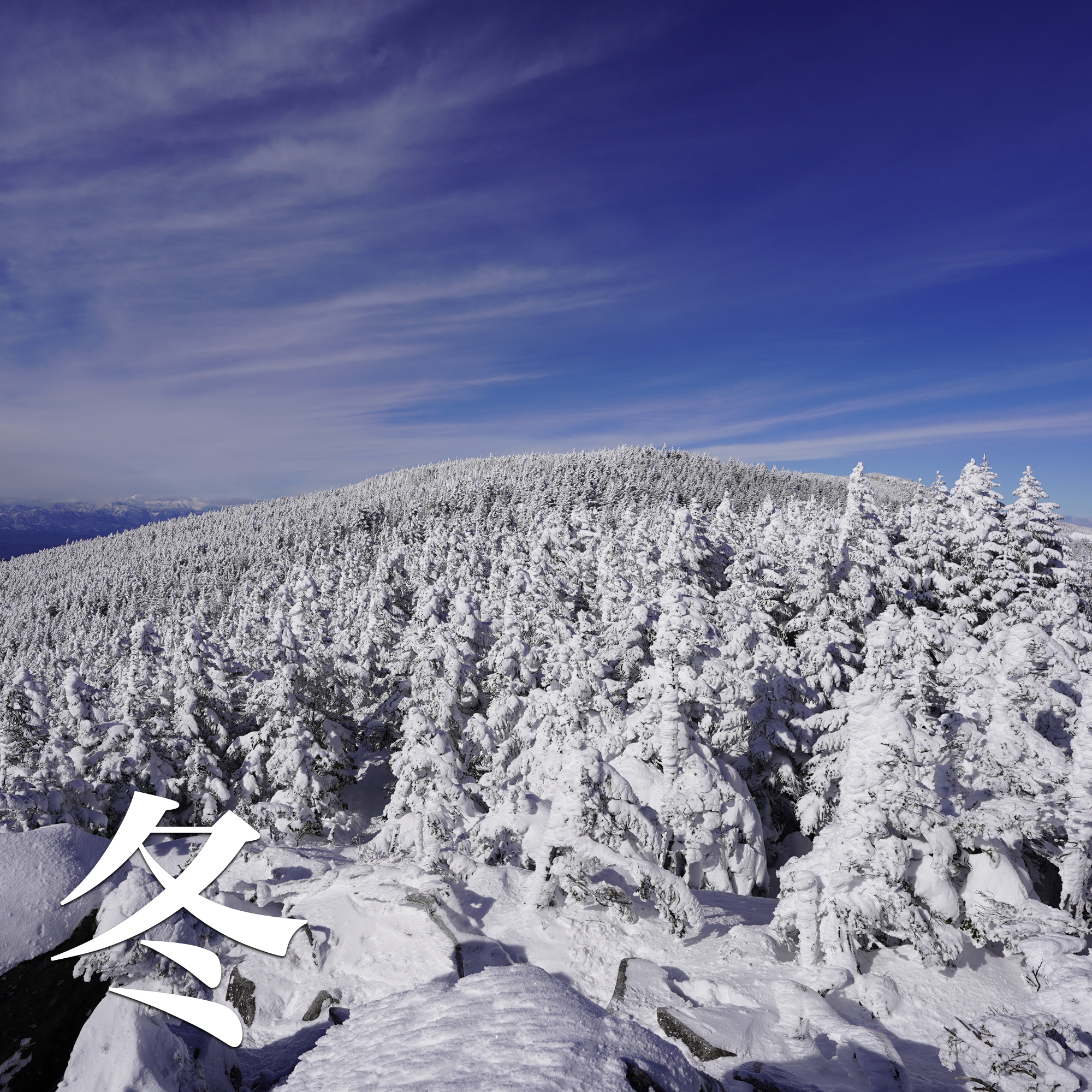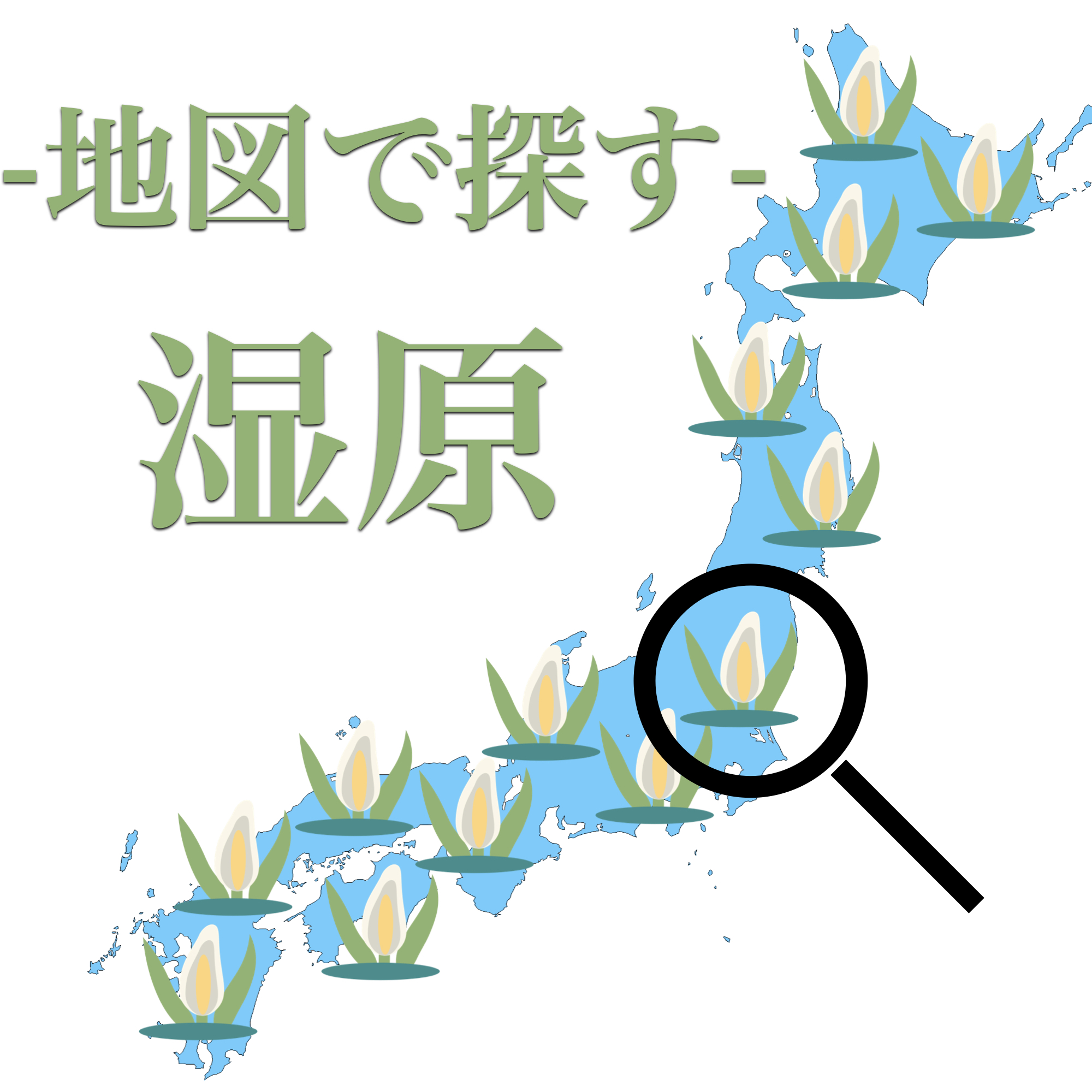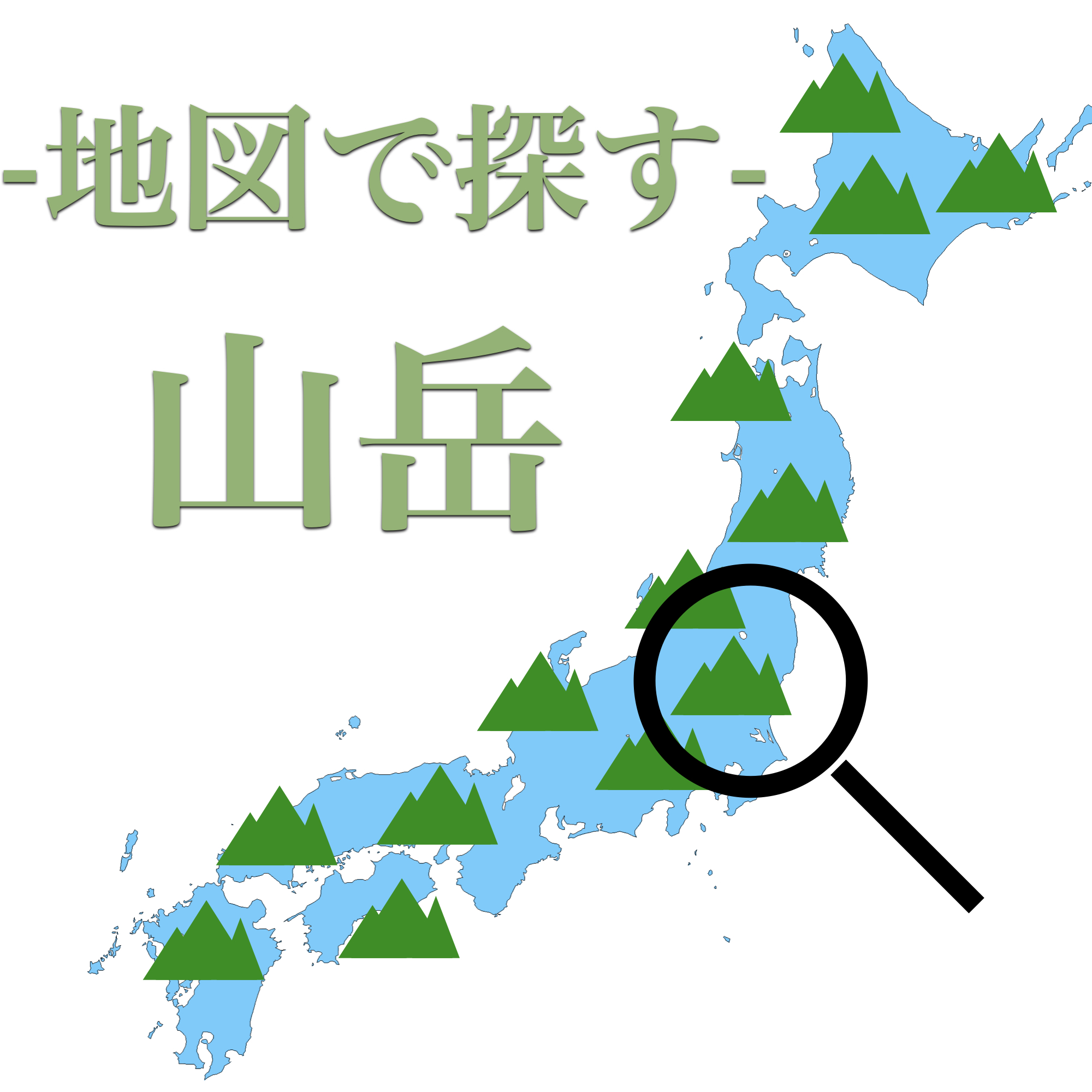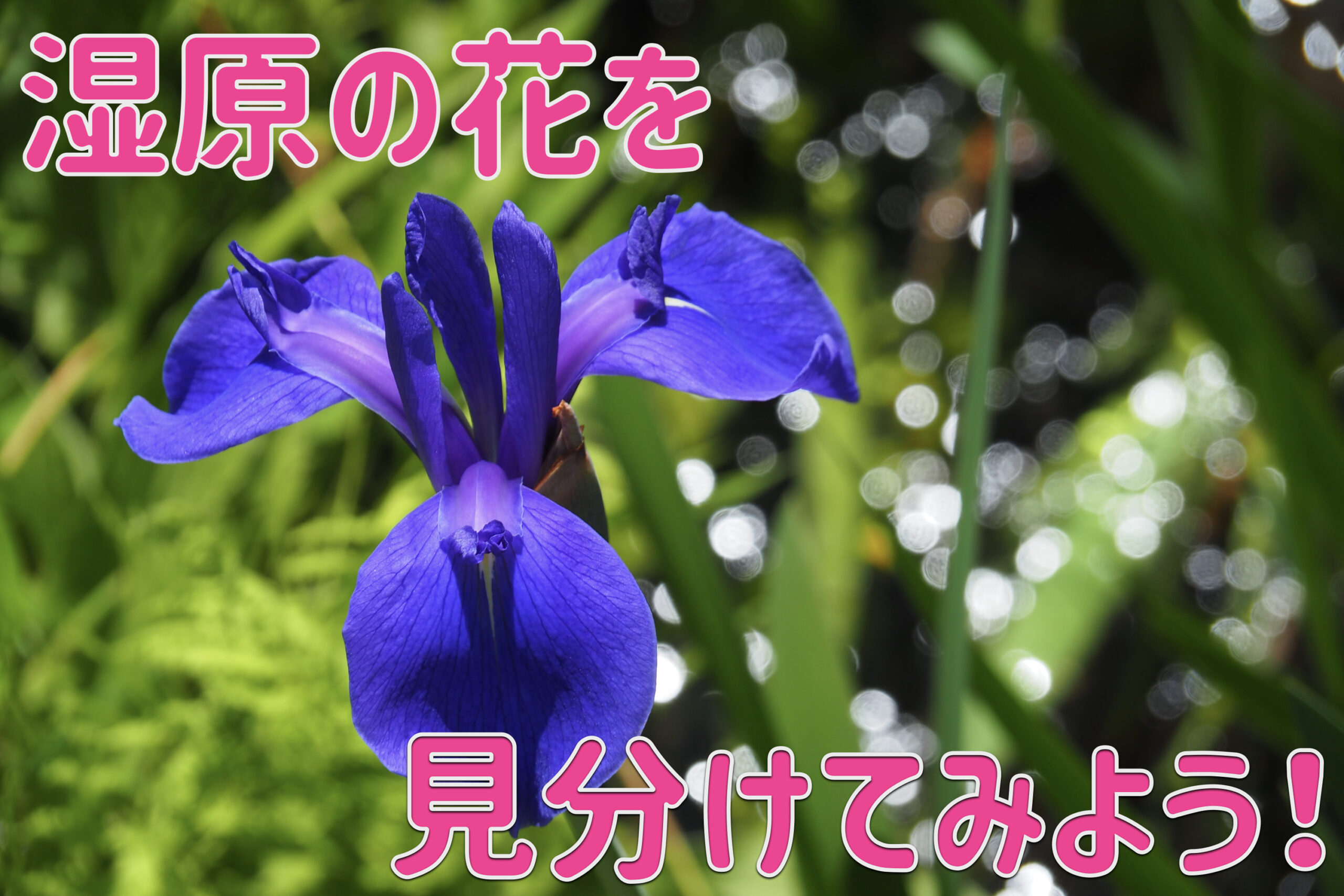
The flowers that bloom in every season are one of the joys of exploring the marshes.
Flowers are beautiful even if you don't know their names, but I think you'll want to know the names of the flowers you see.
However, finding the names of a wide variety of plants is not an easy task.
I myself am not an expert on plants, so I do my research before adding them to the site.
This time, I will introduce my study method!
table of contents
How do you remember the plants of the marsh?
There are many unique plants in the marshland
You don't need to look up a thick illustrated guide to identify marsh flowers.
because,Only a limited number of plants can live in special environments such as wetlands.That's why.
There are also endemic species, such as butterfly thistle and water lily, that only bloom in a few wetlands.
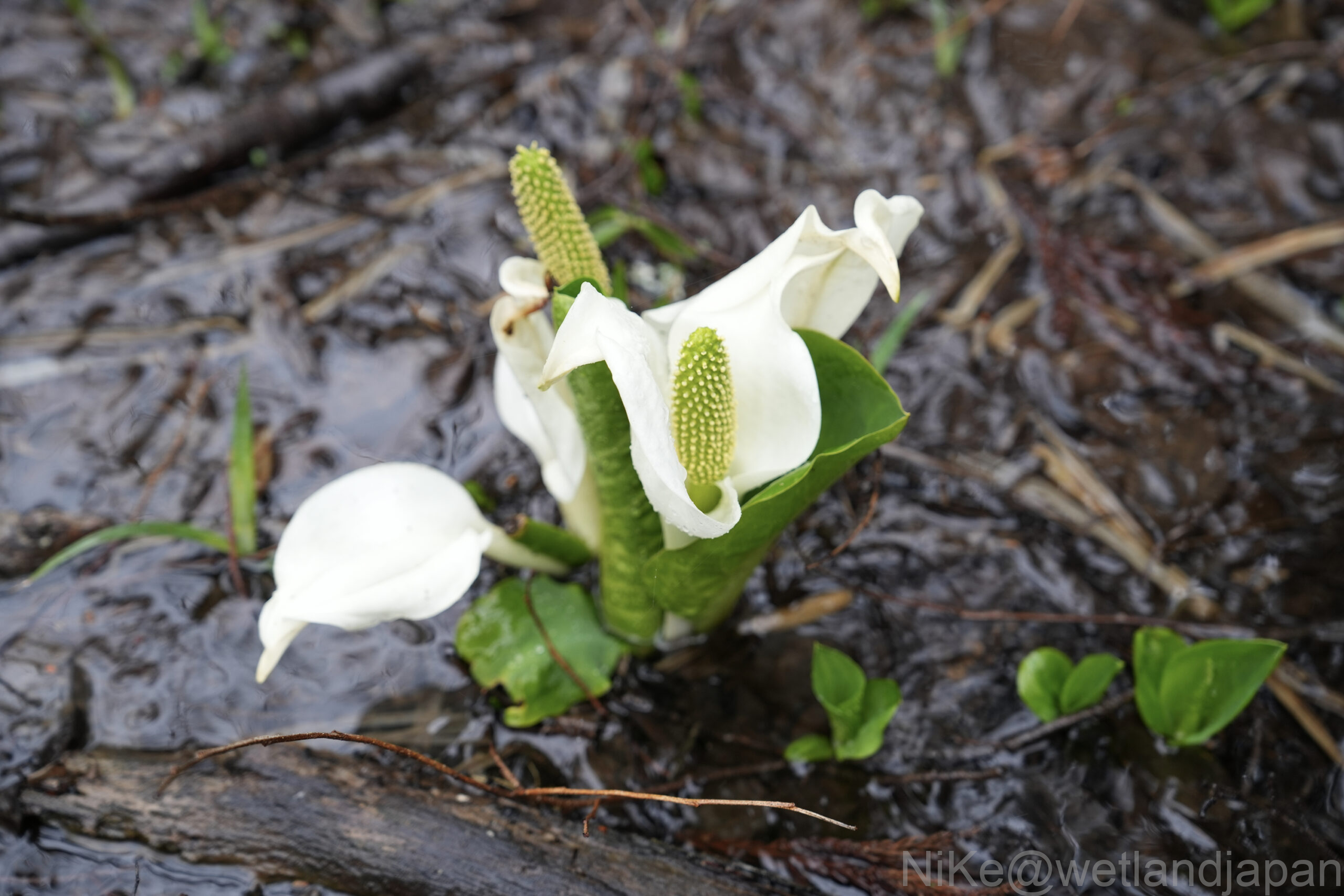
Therefore,Understand what plants bloom in the marshes you visitThat's the best way.
Value local information
Signs at the visitor center and at the entrance to the marsh provide information about the plants and animals that live there, as well as the best times to see them.
Whenever I visit, I always take photos so I can review them later.
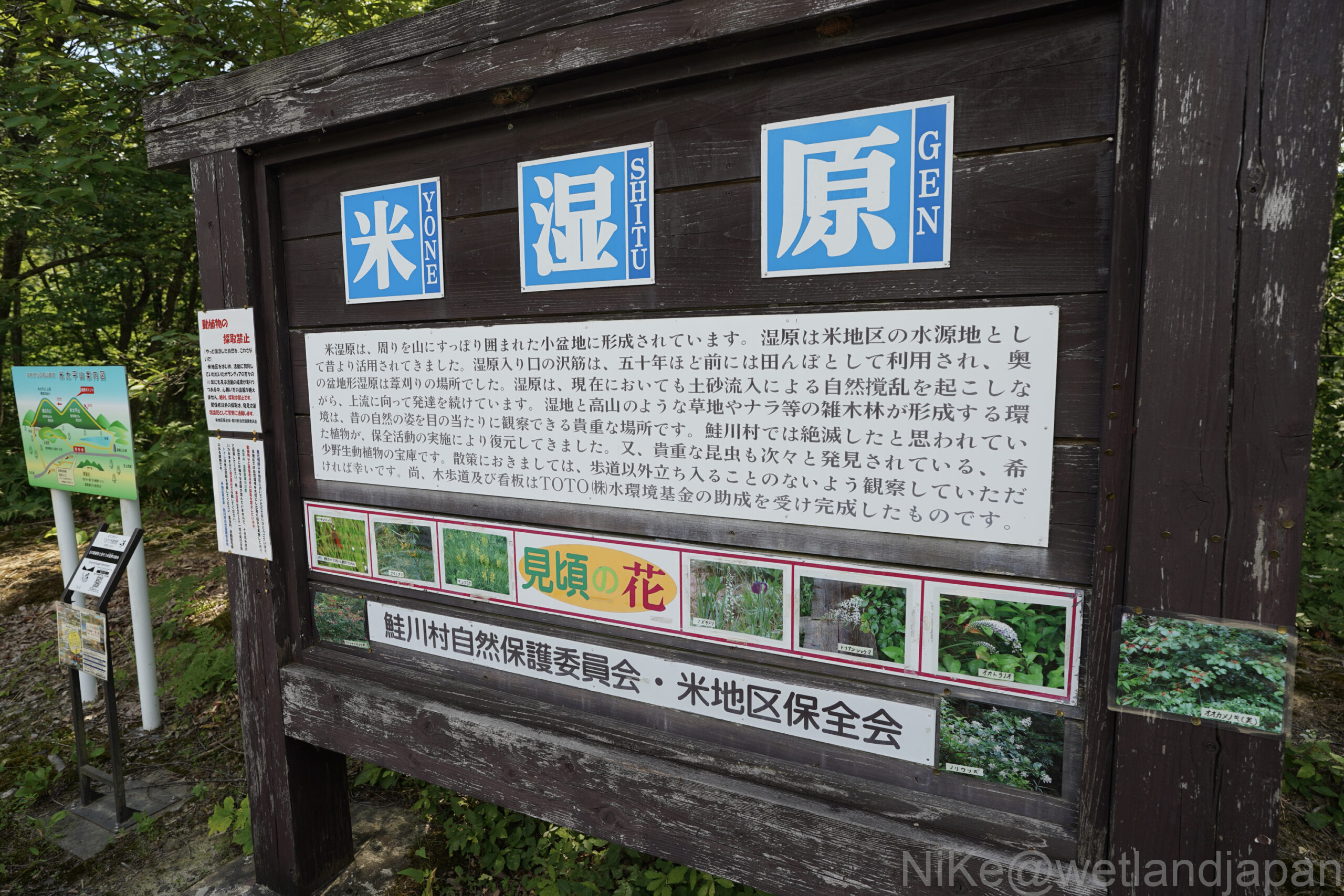
Guidebooks and pamphlets about the marshes are sometimes distributed or sold, so I always make sure to buy one.
They may be sold at visitor centers and souvenir shops.
These booklets are often only available locally, so we recommend purchasing them as soon as you find them.
It is interesting because it describes the marsh from various perspectives, including the floral calendar, its origins, and its cultural aspects.
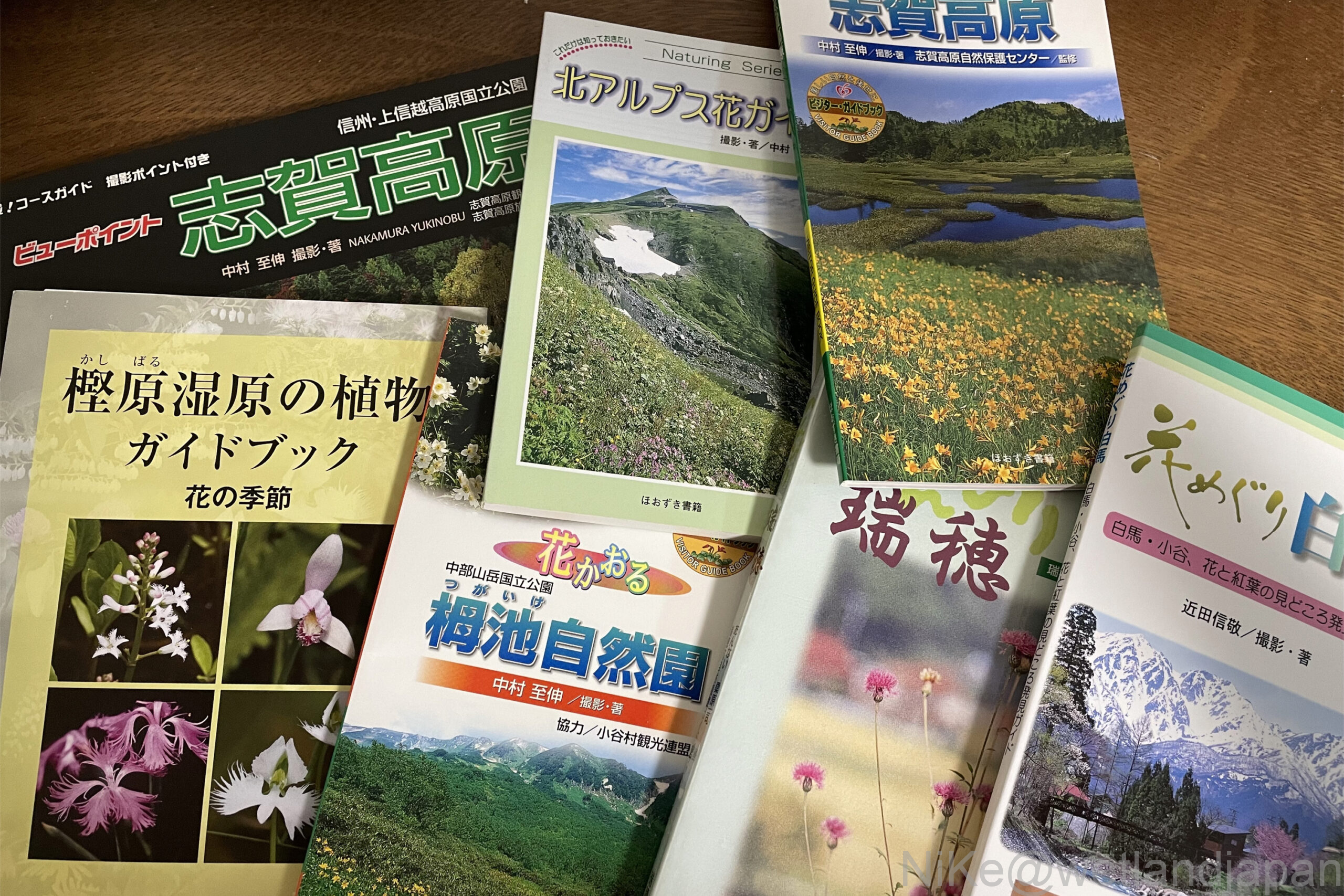
In addition, famous marshes often have flower calendars with photos posted on their websites.
This may also be useful to refer to during your visit.
But I still want to increase my knowledge!
Hands-on learning
I don't think you need to sit at a desk and read a botanical encyclopedia to increase your knowledge.
Many of the flowers you see in the marshes are unique, so you will begin to recognize the familiar members as you look at them each time you visit the marsh.
I think it's best to take your time and increase your knowledge little by little with each exploration.
By taking photos, organizing them, and recording them, you can steadily learn more.
I remember the research I did while writing articles for this site very well even after the fact.
Finally, the illustrated book
Furthermore, if you want to know more or are unable to identify a plant using the information above, a plant encyclopedia can be of help.
It's interesting because it contains detailed information on how to distinguish between similar plants such as Japanese iris and Iris grandiflorum.
Some picture books allow you to search for flowers by color or shape.
If you're not sure what kind of picture book would suit you, I recommend taking your time to compare them at a bookstore.
It can also be an opportunity to start a new trip, such as "I want to see this plant, so I'll go there at this time!"
summary
The plant world is quite deep, but the flowers you will encounter in the marshes are the usual suspects!
I hope that you will learn little by little and enjoy your life in the marshes to the fullest!
